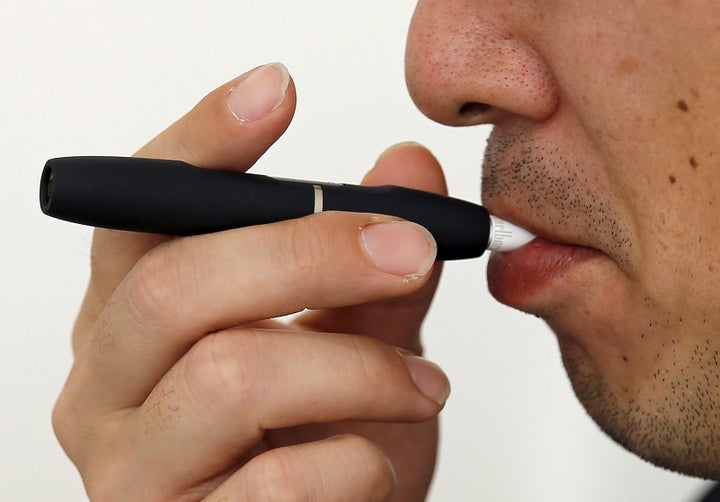
By Damon L. Jacobs and Brian Fojtik
San Francisco has proudly led the nation in successfully implementing harm reduction tools for at-risk communities. By meeting adults where they are (not where we wish they were) and offering interventions that extend the quality and quantity of life, San Francisco has helped prevent HIV (and other) infection through needle exchanges, while others raised moral objections.
More recently, the “Getting to Zero” campaign has demonstrated San Francisco’s commitment to being the first U.S. city to achieve zero new HIV infections, with PrEP and TasP as crucial harm reduction tools toward reaching this goal. These harm reduction approaches have been grounded in a philosophy that recognizes the dignity of every life and the need to realistically mitigate risks related to communicable disease.
Unfortunately, an ordinance recently proposed by the San Francisco Board of Supervisors (and sadly replicated by other communities in the Bay area) threatens this legacy as a center for liberal and humane harm reduction policies. Following San Francisco, Oakland, San Leandro, Los Gatos, Palo Alto and Contra Costa County are now all considering legislation that would ban the sale of flavored vapor products available to adult smokers and vapers. The proposals are shortsighted and run counter to efforts to reduce smoking-related disease.
Vapor products or “e-cigarettes” contain no tobacco and produce no toxic smoke, so the products provide a considerably safer alternative to deadly cigarettes. According to the Centers for Disease Control, smoking causes 485,000 premature deaths in the U.S. every year. The LGBTQ community faces particular risk for smoking-related disease as smoking rates are nearly double those found in the heterosexual population.
Additionally, a recent National Institute of Health funded study concludes that “persons infected with HIV are unusually susceptible to the adverse effects of cigarette smoking. These adverse effects include a heightened risk for lower respiratory tract infections, COPD, and lung cancer.” The flavor bans being considered in San Francisco, Oakland and other nearby communities will exacerbate rather than mitigate these risks.
While many may disapprove of smoking, intravenous drug use or sex with multiple partners, we can’t mitigate the risk of such behavior by wishing it away. Just as condoms, clean needles and medications reduce the risk of HIV/AIDS and other disease, vapor products dramatically reduce potential for smoking related diseases like lung cancer, heart disease and COPD.
Vapor products are not tobacco products. They also aren’t medicines designed to be just tolerable enough to treat a medical condition. They are alternative adult products (California prohibits the sale to anyone under age 21) that hold immense potential to reduce the death toll from smoking. And vapor products provide a much safer alternative to cigarettes, one that one of the oldest medical societies in the world – the Royal College of Physicians – has concluded are 95 percent safer than smoking.
Based on that report and others, the U.K. is taking a sensible approach to tobacco harm reduction and encouraging those who won’t quit or can’t quit smoking to switch to much less harmful vapor products. In the U.K. the government and leading health authorities are avoiding moral judgments and instead focused on fighting preventable disease in an at-risk population. It’s the type of approach that has inspired San Francisco in the past and one to which they should return in allowing smokers to quit in the ways that work best for them.
San Francisco didn’t turn a blind eye toward HIV-positive or intravenous drug-using communities and they should demonstrate the same level of dignity and respect toward smokers now. To maximize public health benefits, vapor products need to be affordable, accessible and as satisfying (or more) than smoking. Flavors play a critical role in helping smokers switch. And lawmakers should educate themselves about tobacco harm reduction before enacting policies that will damage, rather than improve public health. Decades ago, tobacco researcher Michael Russell declared that which has become common knowledge among experts today – “People smoke for the nicotine, but die from the tar.” It’s not nicotine that causes the lung cancer that kills smokers. Vapor products simply provide smokers with the nicotine they desire without the deadly tar and carbon monoxide that comes from burning tobacco. Nicotine replacement products like the gum and the patch do the same thing, but they fail over 90 percent of the time. One of the reasons vapor products seem to work better is because they provide the nicotine smokers desire while also replicating smoking behavior. To ban these products from smokers who could benefit is reckless and shortsighted.
Just as an abstinence only approach to drug use or sexual behavior ignores reality and fails a significant segment of the population, so does an abstinence only approach to tobacco or nicotine. Despite a half century campaign against smoking, there are still an estimated 40 million Americans who smoke, nearly half a million who will die prematurely if we limit ourselves to the same tools.
Damon L. Jacobs is a Licensed Marriage and Family Therapist in New York State whose practice focuses on sexual health, harm-reduction, and social justice. He received the Commissioner's Special Recognition Award by New York State Department of Health in 2016, and currently is an Associate Fellow at R Street Institute. Brian Fojtik is a Senior Fellow with Reason Foundation.